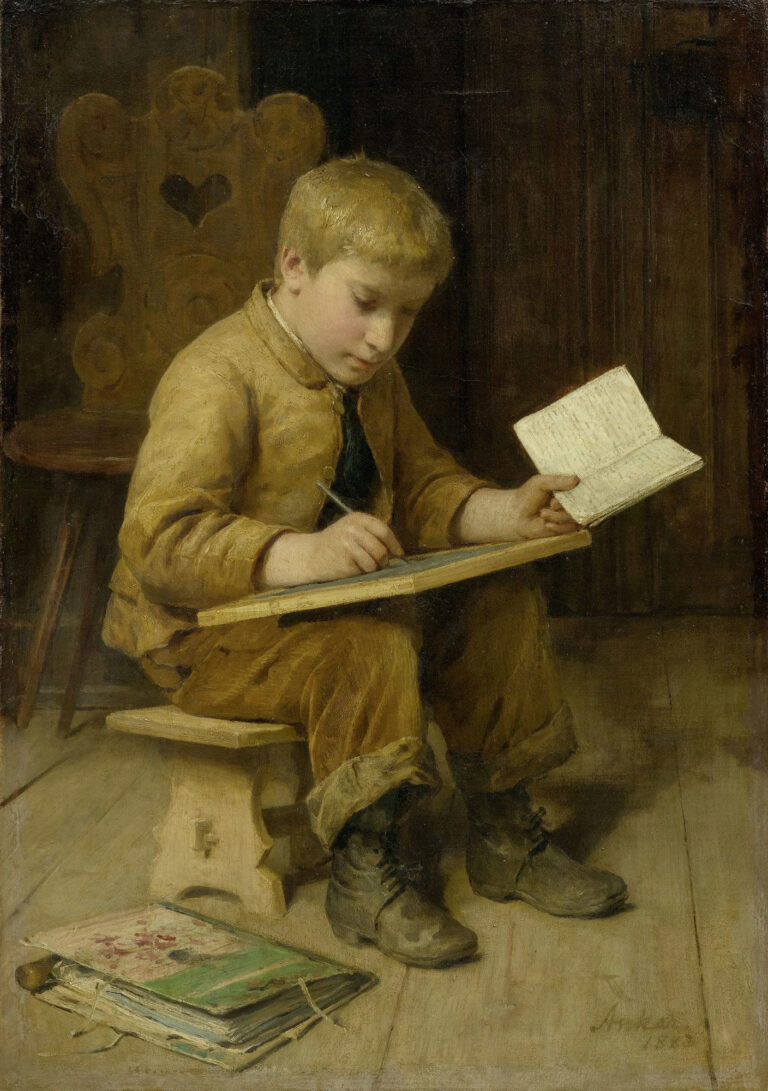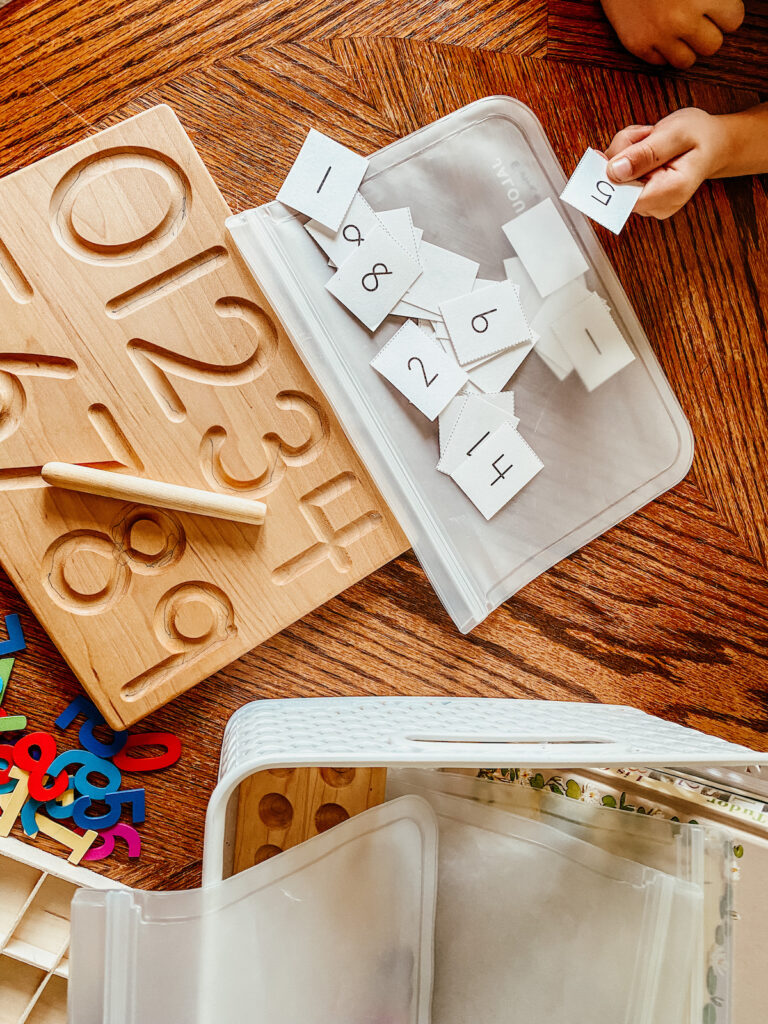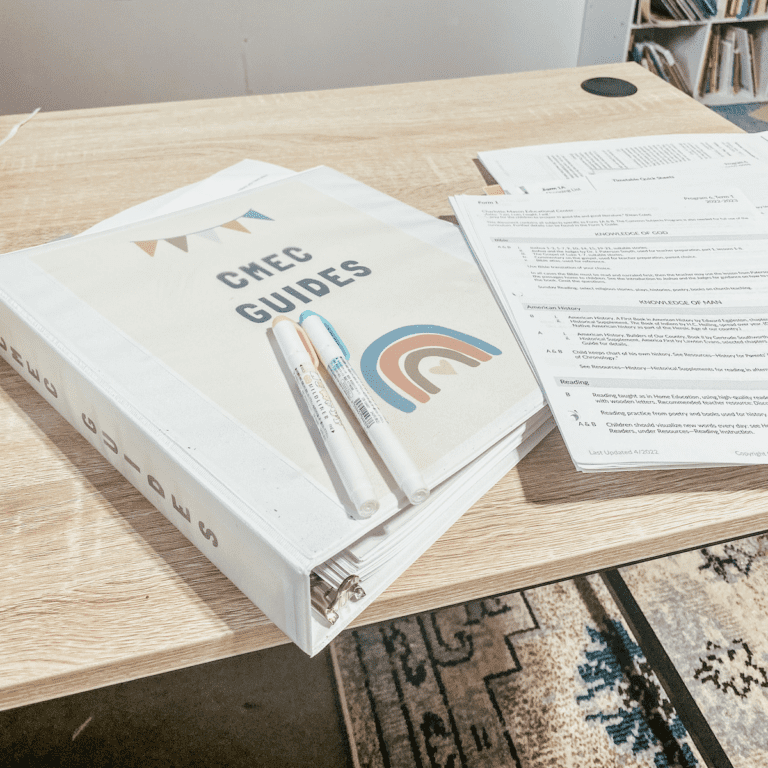Disclosure: Joyfully Domestic may earn a commission for purchases made after clicking links on this page. View our disclosure policy for details.
A strong language arts foundation is essential in any homeschool, and the Charlotte Mason method offers a beautifully simple yet profoundly effective approach.
Instead of relying on dry workbooks, artificial grammar exercises, and endless spelling drills, Charlotte Mason advocated for three natural and time-tested practices: narration, copywork, and dictation.
These methods immerse children in rich language, training them to think, articulate, and write with skill and confidence.
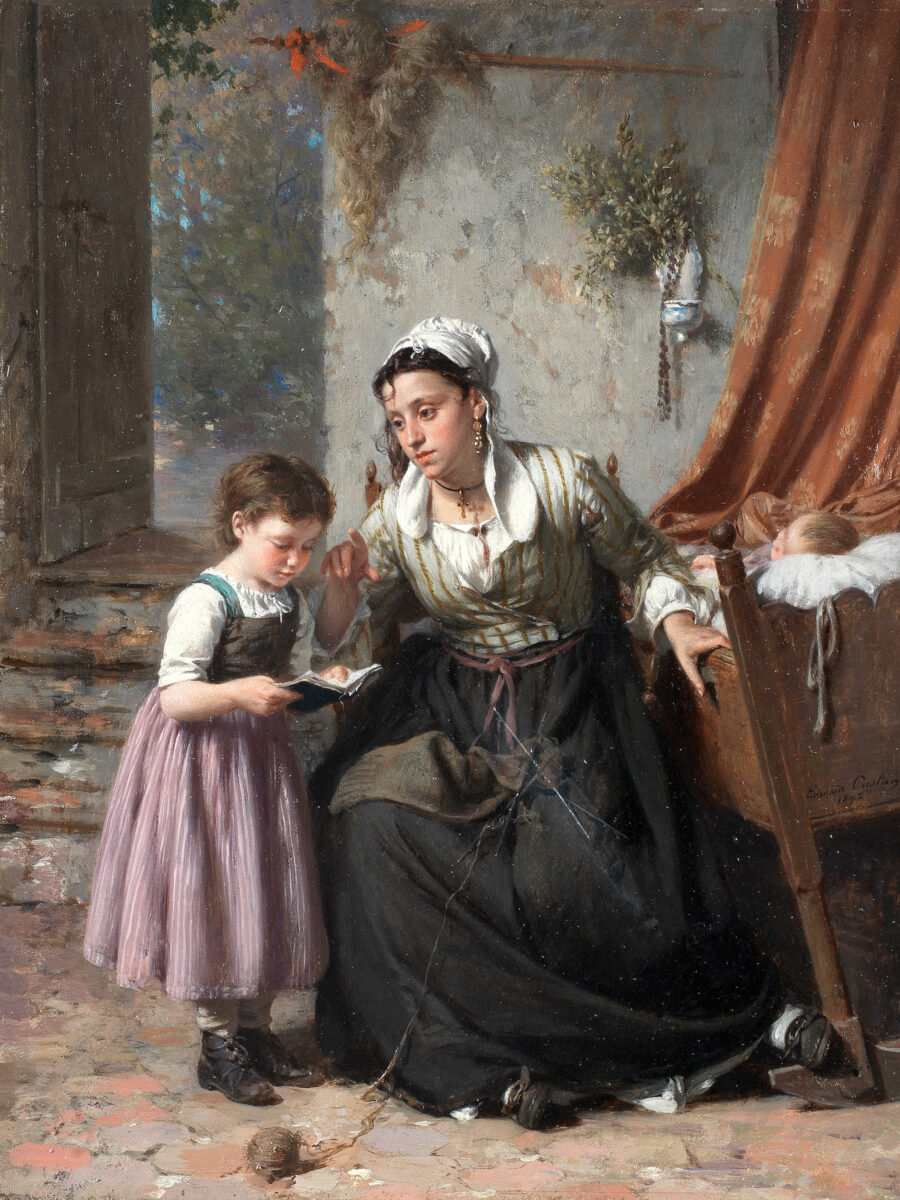
Why Narration, Copywork, and Dictation?
Charlotte Mason’s approach to language arts is rooted in the belief that children learn best through meaningful engagement with great literature. These three practices work together to develop strong communication skills:
- Narration builds comprehension and verbal articulation.
- Copywork reinforces proper grammar, punctuation, and beautiful writing through observation.
- Dictation cements spelling and sentence structure in a natural, lasting way.
Each of these tools plays a crucial role in language development, forming the backbone of a Charlotte Mason education.
Narration: The Power of Retelling
Narration is the practice of having a child tell back what they have read or heard in their own words. This simple yet profound exercise develops attention, comprehension, and the ability to structure thoughts coherently.
How to Use Narration
- Start with oral narration for younger children.
- Gradually transition to written narration as your child matures.
- Use narration in history, literature, and even geography to reinforce learning.
📖 Read the full post on The Art of Narration in a Classical Charlotte Mason Education.
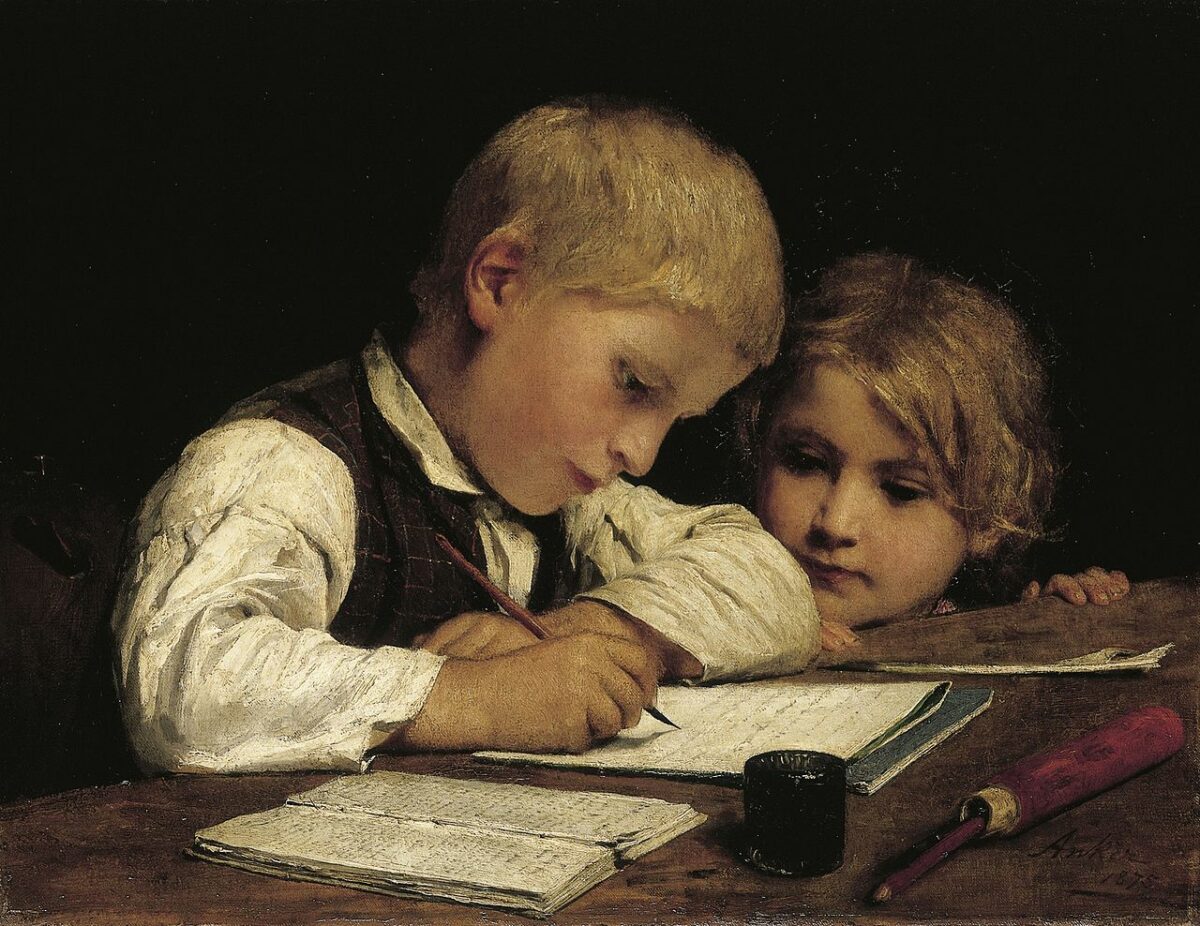
Copywork: Learning from the Masters
Copywork involves transcribing well-written passages, allowing children to absorb proper sentence structure, spelling, and grammar naturally. Instead of rote drills, children learn by exposure to the best examples of language.
How to Use Copywork
- Choose quality passages from classic literature, poetry, or Scripture.
- Keep sessions short and focused, emphasizing accuracy.
- Allow copywork to evolve into written composition over time.
✍️ Explore more in Copywork: Simple Transcription in a Classical Charlotte Mason Education.
Dictation: Mastering Spelling and Grammar Naturally
Dictation is the practice of listening to a passage and writing it from memory, reinforcing spelling, punctuation, and grammar in context. Prepared dictation ensures that children study the passage beforehand, setting them up for success.
How to Use Dictation
- Select passages from high-quality literature.
- Have your child study the passage first, noting spelling and punctuation.
- Read the passage aloud while your child writes it from memory.
- Review and correct mistakes together.
📝 Learn more in Dictation: Spelling + Grammar in Classical Charlotte Mason Education.
Bringing It All Together
Narration, copywork, and dictation are not isolated exercises; they complement and build upon one another.
By consistently incorporating these practices into your homeschool, you’ll equip your child with a love for language and the ability to communicate with clarity and confidence.
By embracing this gentle yet powerful approach, you’ll be laying the foundation for a lifelong appreciation of beautiful language and strong communication skills in your homeschool.
Charlotte Mason Language Arts Posts
Read more about our approach to language arts in our classical Charlotte Mason homeschool.
- The Art of Narration in a Classical Charlotte Mason Education
- Copywork: Simple Transcription in a Classical Charlotte Mason Education
- Dictation: Spelling + Grammar in Classical Charlotte Mason Education
- The Foundations of Language Arts in a Classical Charlotte Mason Education (this post)
Resources for the Mother-Teacher
- Home Education by Charlotte Mason
- Parents’ Review Article: “Notes of Lessons” by Josephine M. Wilkinson
- The Home Education series by Charlotte Mason
- Favorite notebooks for narrations, copywork, and dictation
- Know and Tell by Karen Glass
What stands out to you from these ideas?
I hope that you found this post helpful. And I’d love to hear what resonates most! Tell me what you’d add to this list and/or share your favorite resources with us!
